
The first 13 amino acids are characterized by very similar chemical hardness and electronic energy levels (shown in the image as a single circle). The new amino acids became increasingly softer and more individualized during evolution, which is reflected in differentiated energy levels (in the image represented as multiple concentric circles).
Using quantum chemical methods, a team of researchers led by Dr. Matthias Granold and Professor Bernd Moosmann of the Institute of Pathobiochemistry at Johannes Gutenberg University Mainz solved one of the oldest puzzles of biochemistry. They uncovered why there are 20 amino acids that form the basis of all life today, even though the first 13 amino acids generated over time would have been sufficient to form a comprehensive repertoire of the required functional proteins. The decisive factor is the greater chemical reactivity of the newer amino acids rather than their spatial structure. In their publication in the leading journal PNAS, the Mainz-based researchers also postulate that it was the increase in oxygen in the biosphere that triggered the addition of supplementary amino acids to the protein toolbox.
All life on Earth is based on 20 amino acids, which are governed by the DNA to form proteins. In the inherited DNA, it is always three sequential DNA bases, or codons, which combine to “encode” one single of these 20 amino acids. The resultant grid of codons is what is known as the genetic code. “Researchers have been puzzled for decades why evolution has selected these 20 amino acids for genetic encoding,” said Professor Bernd Moosmann. “The presence of the last and newest seven amino acids is particularly hard to explain, because suitable and functional proteins can be assembled using just the first and oldest 10 to 13 amino acids.”
In a new approach, the researchers compared the quantum chemistry of all amino acids used by life on Earth with the quantum chemistry of amino acids from space, brought in on meteorites, as well as with that of modern reference biomolecules. They found that the newer amino acids had become systematically softer, i.e., more readily reactive or prone to undergo chemical changes. “The transition from the dead chemistry out there in space to our own biochemistry here today was marked by an increase in softness and thus an enhanced reactivity of the building blocks,” explained Moosmann. The researchers were able to verify the results of their theoretical calculations in biochemical experiments. Functional aspects also must have played a significant role with regard to the more recent amino acids as these newcomers hardly exhibit particular advantages when it comes to building protein structures.
However, the problem remained of why the soft amino acids were added to the toolbox in the first place. What exactly were these readily reactive amino acids supposed to react with? On the basis of their results, the researchers conclude that at least some of the new amino acids, especially methionine, tryptophan, and selenocysteine, were added as a consequence of the increase in the levels of oxygen in the biosphere. This oxygen promoted the formation of toxic free radicals, which exposes modern organisms and cells to massive oxidative stress. The new amino acids underwent chemical reactions with the free radicals and thus scavenged them in an efficient manner. The oxidized new amino acids, in turn, were easily repairable after oxidation, but they protected other and more valuable biological structures, which are not repairable, from oxygen-induced damage. Hence, the new amino acids provided the remote ancestors of all living cells with a very real survival advantage that allowed them to be successful in the more oxidizing, “brave” new world on Earth. “With this in view, we could characterize oxygen as the author adding the very final touch to the genetic code,” stated Moosmann.
Reference: “Modern diversification of the amino acid repertoire driven by oxygen” by Matthias Granold, Parvana Hajieva, Monica Ioana Toşa, Florin-Dan Irimie and Bernd Moosmann, 19 December 2017, PNAS.
DOI: 10.1073/pnas.1717100115

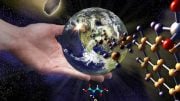
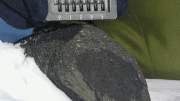
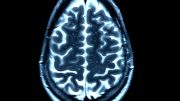
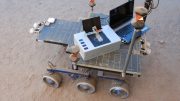
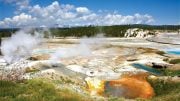
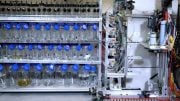


Wasn’t atmospheric oxygen generated by photosynthetic microbes?
Is there any evidence that these photosynthetic microbes lacked those “softer” amino acids?
Wouldn’t they be the first guys to need them?
You might flip that coin, look on the other side. Is this where the rubber meets the road, tryptofhanically? And what readied those genes for this day?